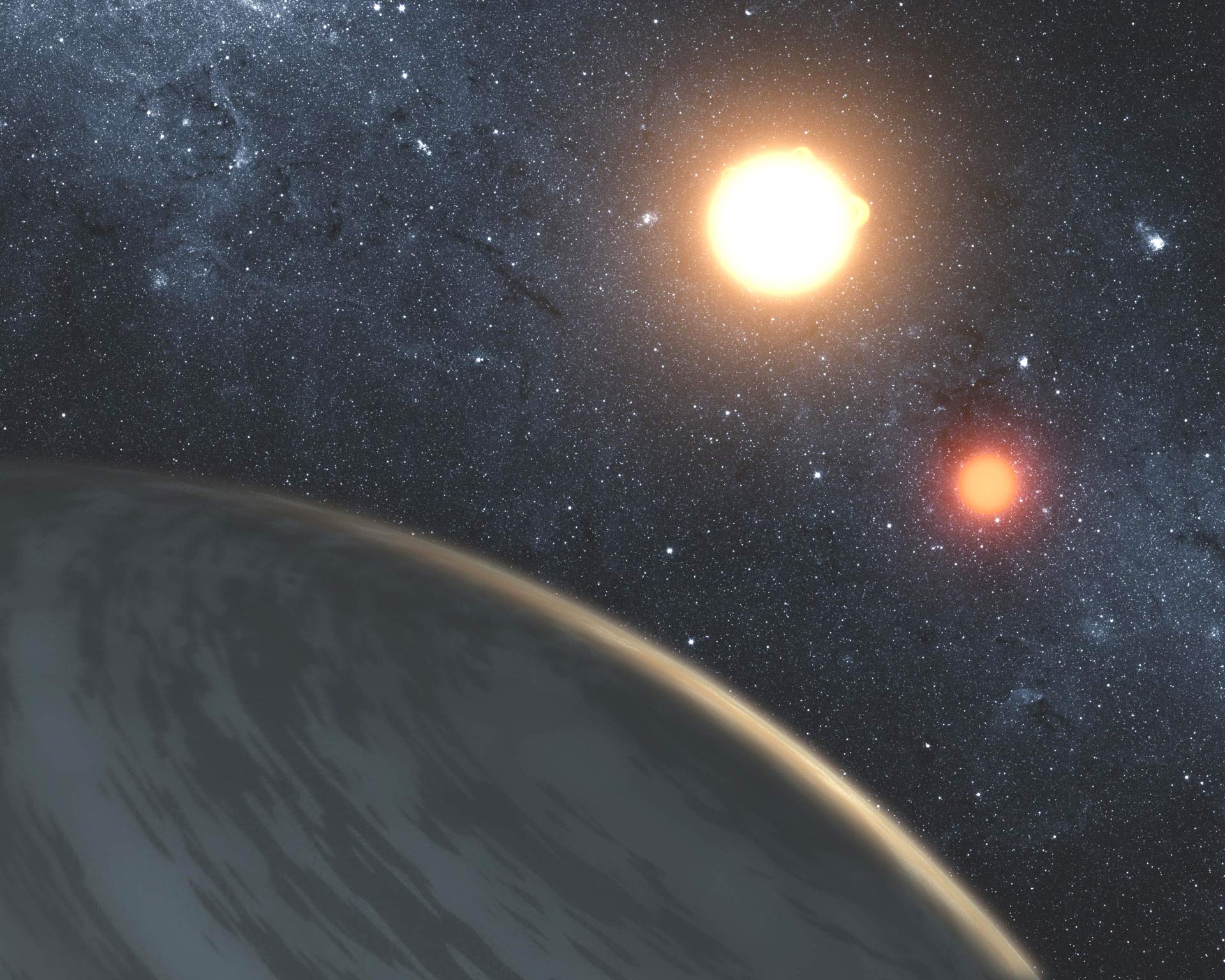
A young exoplanet still in the process of being formed has been identified using NASA’s planet-hunting satellite, TESS (Transiting Exoplanet Survey Satellite).
The planet, DS Tuc Ab, orbits around the star DS Tuc, located 151 light-years away from us in the constellation of Tucana (the toucan). The planet is nearly six times the size of the Earth, making it in between the sizes of Neptune and Saturn, which indicates it is most similar to the gas giants in our Solar System.
Studying this planet could help astronomers understand more about how planets grow, as it is a “pre-teen” in planetary terms. The paper in which the research is published describes young exoplanets as “snapshots of the planetary evolution process” which can help scientists understand more about how planets develop and change over time. Planets are believed to start out their lives as larger when they are first formed, shrinking in size over time as they lose their atmospheres.
“One of the overall goals of astronomy is understanding the big picture of how we got here, how solar systems and galaxies take shape and why,” Dr. Elisabeth Newton, an astronomer at Dartmouth College, said in a statement. “By finding solar systems that are different from our own — especially young ones — we can hope to learn why Earth and our own Solar System evolved in the ways that they did.”
In the case of DS Tuc Ab, the planet is now at the point in its development where it is no longer growing larger, but it is still in the process of losing its atmosphere. The changes are happening comparatively very rapidly, which is why the astronomers were excited to find a planet at this particular point in its evolution. Its atmosphere is being stripped away due to radiation from the nearby star.
“We were really excited when we confirmed this discovery because the planet orbits such a bright, well-known young star,” Dr. Newton said. “We hope that by seeing this planet’s atmosphere, we can provide a snapshot of what planets look like at a young age.”
The findings are published in the Astrophysical Journal Letters.
Editors' Recommendations
- Astronomers use new method to discover planet orbiting two stars
- NASA declares initial TESS satellite mission a roaring success
- Planet-hunting satellite spots rare hot Neptune on border of Neptune desert
- NASA’s TESS satellite discovered three new planets right next-door
- Two baby gas giants spotted in orbit around a distant star



